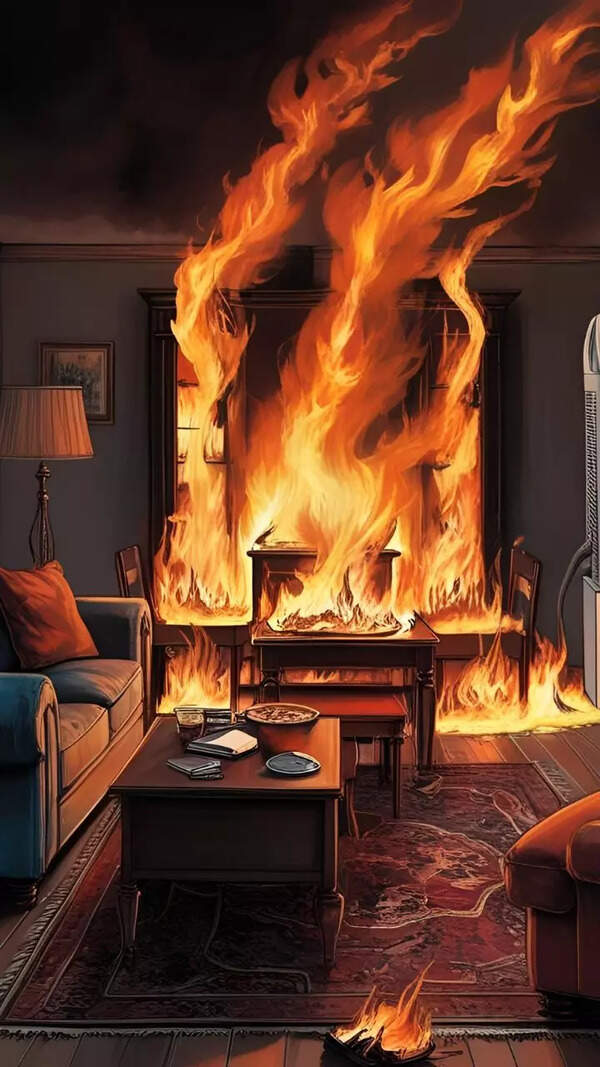A casual hike in the Czech Republic turned into a once-in-a-lifetime discovery for two unsuspecting hikers who stumbled upon a hidden trove of gold in early February 2025. While walking through the foothills of the Krkonose Mountains, the pair noticed something shiny sticking out of a stone wall. Curious, they pulled out what appeared to be an aluminum can. Inside, they found a treasure trove: hundreds of gold coins wrapped in black fabric and stacked in neat columns.
According to The New York Times, which first reported the find, the hikers alerted authorities, and the cache was transferred to the Museum of Eastern Bohemia in Hradec Králové. Miroslav Novak, head of the museum’s archaeological department, confirmed that the container held 598 gold coins.
A few feet away, the hikers discovered a second stash: a metal box containing gold objects, including 16 snuffboxes, 10 bracelets, a comb, a chain with a tiny key, and a powder compact.
Novak called the find extraordinary. “What is exceptional in this case is the volume,” he said.
The total value of the treasure has been estimated at up to $680,000. The coins alone are believed to be worth around 7.5 million Czech Koruna, or approximately $340,000. The remaining items, if confirmed to be solid gold, could double that figure.
But what intrigues archaeologists and historians even more is the mystery of who hid the treasure — and why.
Unlike many archaeological discoveries in the region that date back to the Bronze Age or medieval times, the most recent coin in this collection is from 1921. That suggests the treasure was buried within the past 100 years.
Novak noted that the relatively recent date could provide historians with a rare opportunity. “It’s possible that someone might come across some information, perhaps in the newspapers of the time, that someone robbed a jewelry store or something like that, and suddenly it might lead us to a clue,” he told The New York Times. He also mentioned he had already received a “steady stream of suggestions — and a few conspiracy theories.”
Was the treasure hidden by a soldier returning from war? A fleeing merchant? A wealthy heiress?
The coins offer a fascinating but puzzling trail. None were known to circulate in the area where they were found. About half are from Western Europe — including France and Belgium — while the rest originate from places as far-flung as the Ottoman Empire, Russia, Tunisia, the Balkans, and other parts of Africa. Some Balkan coins had holes drilled in them, suggesting they may have been sewn onto folk costumes or bridal wear. “They were most likely used to adorn the headbands or necklaces that were part of folk costumes or wedding attire,” Novak explained.
Experts believe that the region’s turbulent history may hold answers. Bohemia, the western part of today’s Czech Republic, saw massive displacements during and after World War II. According to the United States Holocaust Memorial Museum, around 120,000 Jews lived in Bohemia and Moravia before the war. By 1941, about 26,000 had fled, and around 82,000 were later deported. After the war, three million ethnic Germans were also expelled.
“Perhaps the person ended up in a concentration camp, or maybe it was a German who simply couldn’t return to retrieve it,” Novak speculated.









